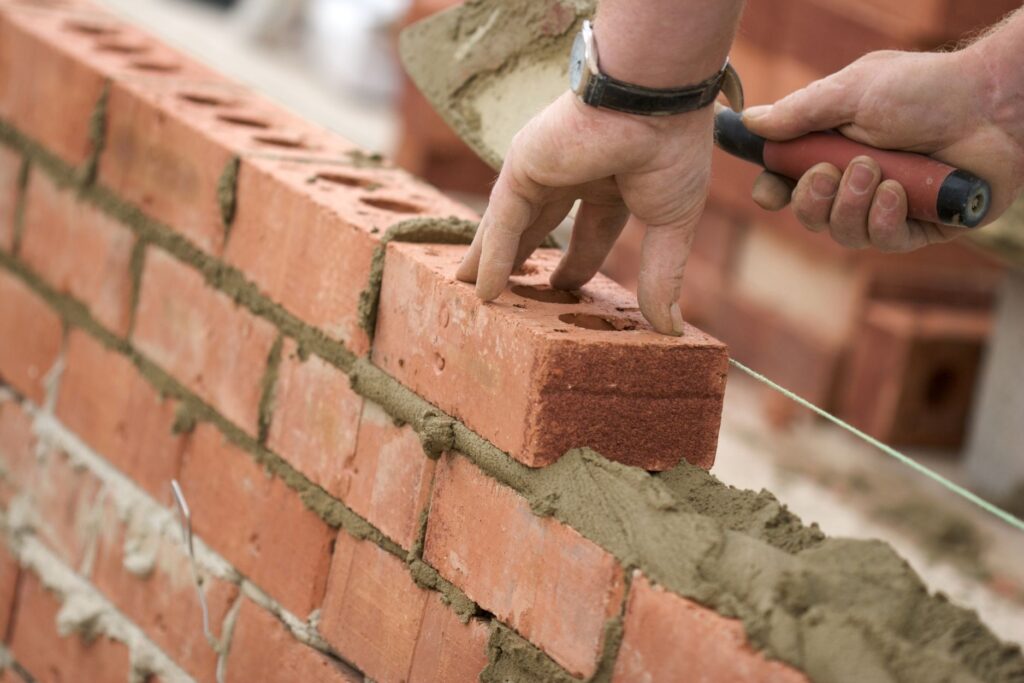London regeneration property investment | London has long been defined by its iconic zones, stretching from Zone 1’s bustling core to the quieter outer suburbs. Traditionally, the prime investment and rental demand centred around central zones. However, London regeneration property investment is dramatically redefining these boundaries, turning once overlooked outer zones into vibrant, connected, and highly desirable locations for both residents and investors.
This regeneration wave has not only enhanced infrastructure but also raised the profile and value of areas further from the centre, making them increasingly comparable to traditional inner zones. For savvy investors, understanding how regeneration shapes London’s property market is essential to capitalising on emerging opportunities in 2025 and beyond.
The Evolution of London’s Zones: From Static Boundaries to Dynamic Spaces
Historically, London’s zones served as a geographic and socio-economic divider, influencing property prices, rental yields, and desirability. Zone 1 and parts of Zone 2 were the epicentres for luxury living and high rental demand, while outer zones typically attracted families and long-term residents.
However, regeneration projects, often focused on transport upgrades, housing developments, and commercial revitalisation, have begun to blur these lines. Areas in Zones 3 and 4 are now witnessing unprecedented growth, driven by strategic public and private investment.
Key Regeneration Projects Driving Change
- East London: Stratford and Queen Elizabeth Olympic Park
The 2012 Olympics acted as a catalyst for regeneration in East London, transforming Stratford from an industrial zone to a thriving hub with new homes, retail, and cultural venues. The ongoing development of Queen Elizabeth Olympic Park continues to attract investors seeking high rental demand and capital growth. - South London: Nine Elms and Battersea Power Station
The Nine Elms regeneration area, including the redevelopment of Battersea Power Station, is turning south London into a new luxury residential and commercial district, supported by the Northern Line Extension. This connectivity has drastically improved, redefining Zone 2 and 3 perceptions. - West London: Old Oak and Park Royal
The upcoming HS2 and Crossrail stations at Old Oak Common are set to create one of Europe’s largest regeneration areas, connecting outer West London zones directly to central London and beyond.
These projects illustrate how London regeneration property investment is not only improving amenities but also transforming transport and employment hubs, making outer zones more accessible and attractive.
Why Investors Are Turning to Outer Zones in 2025
Improved Transport Connectivity
Regeneration is often centred on transport infrastructure improvements, reducing commute times and linking outer zones directly to Zone 1. For example, the extension of the London Underground and the introduction of the Elizabeth Line have revolutionised accessibility for many suburbs.
Affordable Entry with Strong Growth Potential
Properties in outer zones generally have a lower entry price compared to central London. With regeneration enhancing local amenities, schools, and retail, these areas offer strong potential for capital appreciation and healthy rental yields.
Rising Rental Demand
Regeneration attracts new residents, including young professionals and families, boosting rental demand. Modern developments with communal spaces, gyms, and eco-friendly designs cater to this evolving demographic.
Environmental and Community Benefits
Green spaces and community facilities are often central to regeneration plans, improving quality of life and long-term desirability. This focus aligns well with growing tenant preferences for sustainable living.
Spotlight on Top Outer Zones Benefiting from Regeneration
Barking and Dagenham (Zone 4-5)
Once overlooked, Barking and Dagenham now boasts extensive regeneration initiatives including new housing and commercial spaces. It’s one of the fastest-growing rental markets in London.
Croydon (Zone 5)
Croydon is benefiting from major infrastructure investment and a booming tech and creative sector, making it a hotspot for London regeneration property investment.
Wembley (Zone 4)
Wembley’s regeneration around the stadium area includes new residential and commercial developments, supported by excellent transport links.
Considerations for Investors: London Regeneration Property Investment
While regeneration brings opportunities, investors should consider:
- Long-Term Horizon: Some regeneration projects take years to complete; patience is essential.
- Planning Risks: Delays and planning changes can impact timelines and returns.
- Infrastructure Strain: Rapid growth may initially strain local services before improvements are fully realised.
As London’s zones evolve, London regeneration property investment presents a compelling opportunity to access high-growth, affordable markets beyond the traditional centre. Understanding regeneration trends, transport improvements, and demographic shifts is crucial to making informed investment decisions.
Investors who identify emerging regeneration zones early can benefit from strong rental demand and capital growth, positioning themselves for success in London’s dynamic property market in 2025 and beyond.
Explore the latest London regeneration property investment opportunities in emerging zones with expert guidance. Contact us today to discover prime properties benefiting from regeneration and maximise your returns in 2025.
References and Further Reading
- Greater London Authority: London Plan
- Transport for London: Elizabeth Line Impact
- Savills: London Regeneration Report
- Knight Frank: London Residential Market









